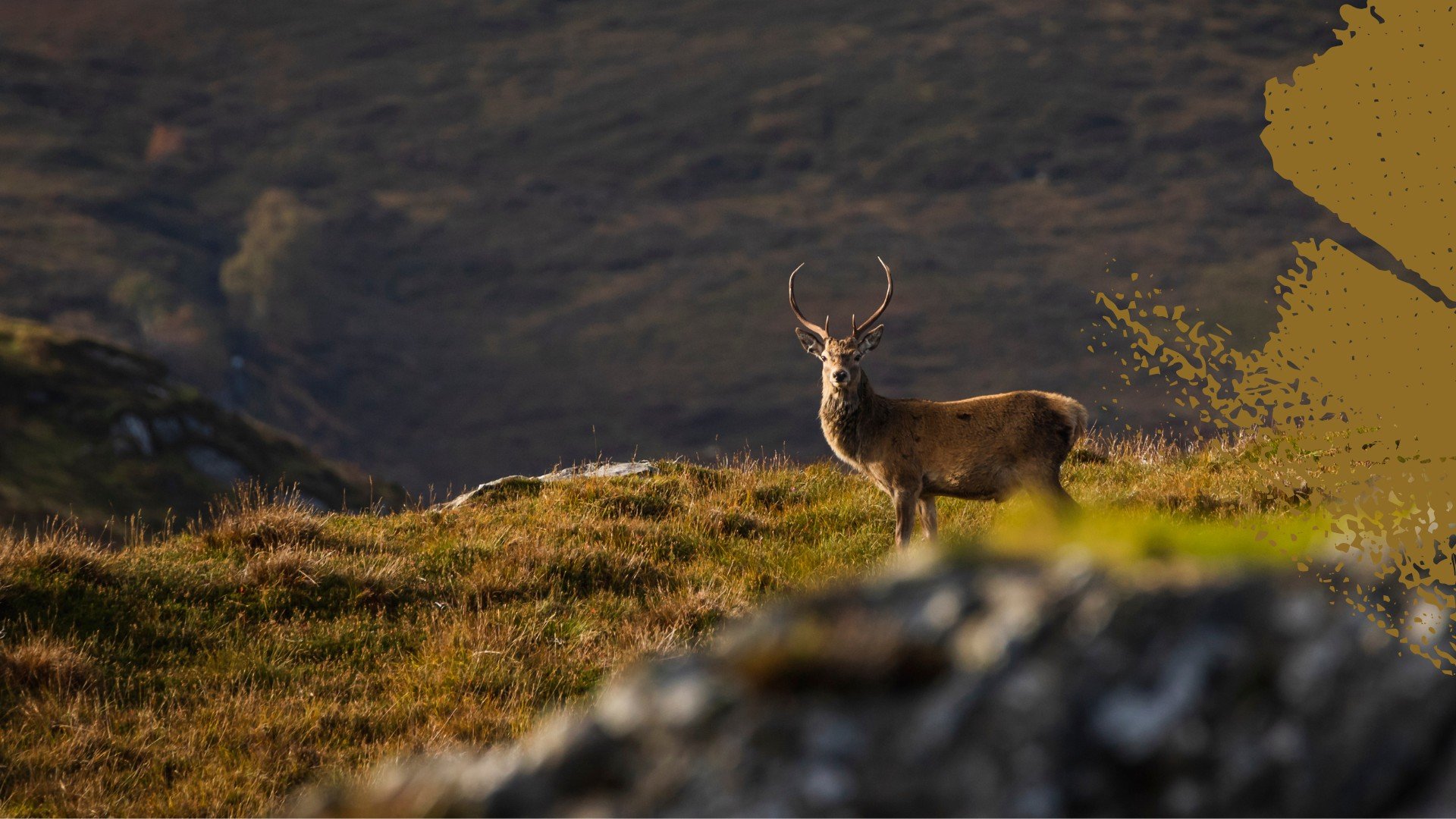A Wild Gift: Mystery £17.5 Million Donation Could Transform Scotland's Highlands Forever
The Scottish Wildlife Trust's largest-ever land acquisition signals a new era for rewilding, restoration, and purpose-led philanthropy.
In March this year, a quiet but powerful gesture, an anonymous donor gifted £17.5 million to the Scottish Wildlife Trust — allowing the purchase of Inverbroom Estate, a vast 18,824-acre (7,618-hectare) stretch of land in the Highlands near Ullapool. The move marked the largest land acquisition in the organisation's 60-year history, and potentially one of the most significant private contributions to nature restoration in the UK.
Rewilding on a Monumental Scale
The newly acquired estate will be transformed into a flagship site for large-scale rewilding. The vision includes restoring ancient Atlantic rainforest, reviving riverside woodlands, and repairing degraded peatlands — vital natural carbon sinks. Deer stalking and grouse shooting, historically common in Highland estates, will be phased out. Instead, efforts will focus on boosting biodiversity, ecosystem resilience, and reconnecting local communities to nature.
Why It Matters: Climate, Carbon, and Community
Peatlands are among the most effective ecosystems for carbon storage, yet much of Scotland's has been drained or damaged. Restoring these bogs could lock away tonnes of CO2 annually. Similarly, ancient woodlands and native rainforests support a wide range of biodiversity, from rare mosses and fungi to birds and insects, many of which are under threat.
But, this isn't just about wildlife. The Trust plans to work with tenant farmers and nearby communities to introduce nature-friendly agriculture and create green jobs. It’s a blueprint that places social and environmental regeneration side by side.
A New Kind of Philanthropy
While the identity of the donor remains unknown, their act is being widely celebrated as a symbol of what capital can achieve when aligned with ecological values. In a time of growing climate urgency, this kind of mission-driven giving could represent a new frontier: where wealth is no longer extracted from land, but reinvested into its recovery.
A Model for Others to Follow
The significance of the Inverbroom acquisition extends beyond Scotland. It serves as a call to action — to landowners, funders, policymakers, and local governments. Rewilding, once seen as niche or idealistic, is now mainstream environmental strategy. Projects like this prove it can work at scale.
With the UK government under pressure to meet its biodiversity targets and restore degraded land, this private intervention offers both inspiration and challenge. What if more estates followed suit? What if rewilding was prioritised not just on the margins, but at the heart of policy?
When the Wild Wins, We All Do
In a world too often shaped by profit and depletion, this anonymous gift cuts through as a powerful gesture of hope. It reminds us that nature doesn’t need saving so much as it needs space, time, and protection.
The Inverbroom project gives us a glimpse of what might be possible when money flows toward regeneration, not extraction. It is a gift not just to Scotland, but to the planet.
